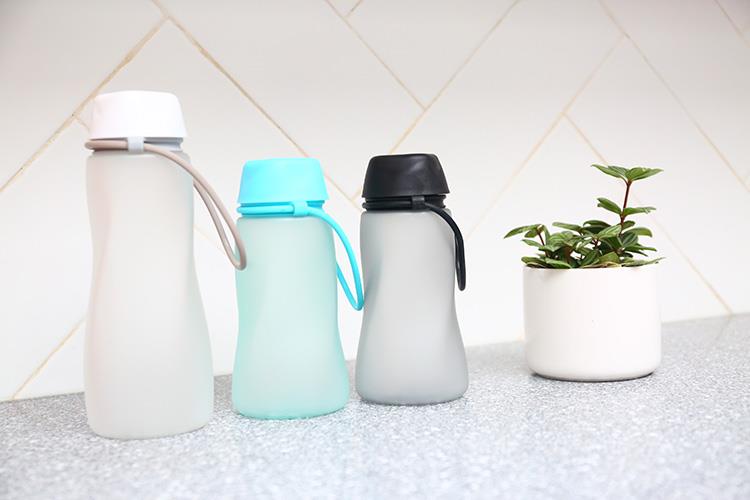Plastics belong to macromolecule chemical materials, often containing polypropylene ethylene or PVC polychloroethylene and other chemical substances. It is understood that when hot water or boiling water is filled with plastic cups or plastic water bottles, these chemicals can easily decompose into toxic substances, which have adverse effects on the human body. Moreover, the internal micro-structure of plastics has many holes, which hide dirt, and it is easy to breed bacteria if it is not cleaned. Nevertheless, plastic water cups and plastic water bottles have many advantages, such as changeable shape, bright color and not afraid of falling. They can be taken by babies themselves or carried with them when they go out, which makes people irresistible.

If you go to the mall to buy plastic water cups or plastic water bottles, you will be surprised to find that the thicker the water bottle or water cup, the higher the price, and vice versa. Over time, consumers will think that thick plastic water cups or plastic water bottles are better than thin ones.
Please note, what is the meaning of "good" just said? Good is good for food safety, so what just said means is that thick plastic water cups or plastic water bottles are safer than thin plastic water cups or plastic water bottles. If that means, then thick plastic cups or plastic water bottles are not necessarily better than thin ones. Thickness is based on the use of demand to produce.
For example, some brands of bottles are much thicker than ordinary mineral water bottles, but through the label of the bottom material, they still belong to the mineral water bottle material PET (polyethylene terephthalate), which can not be reused and should be discarded after drinking.
Since the safety and insecurity can not be judged from the thickness, it should be distinguished from the color. As the saying goes, colored plastic cups or plastic water bottles contain more harmful substances. In fact, whether there is a color or not can not be generalized, and there is no problem with the standard color plastic cups or plastic water bottles. The color of plastic itself is basically colorless, white or slightly yellowish. If the color is added, it may contain harmful substances if it does not meet the regulations and standards.

Bisphenol A mainly exists in polycarbonate (PC) materials. Plastic cups or plastic water bottles containing or decomposing Bisphenol A will do harm to infants. Our laws and regulations as well as those of some countries prohibit the use of Bisphenol A in infant food containers (such as feeding bottles). Whether it affects adults and whether long-term use of plastic cups containing bisphenol A causes cancer remains controversial.
In fact, generally speaking, whether a plastic water cup or plastic water bottle is safe or not is not directly related to its thickness or color. It is more practical to care about material than about thickness and color.

